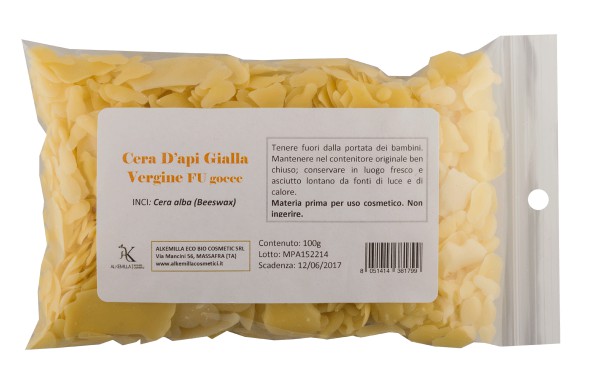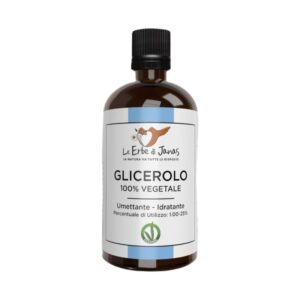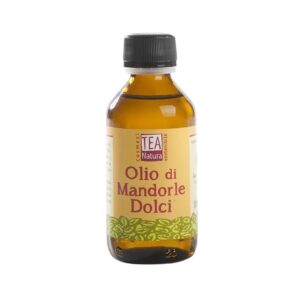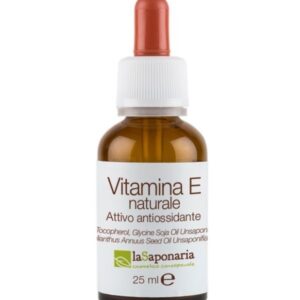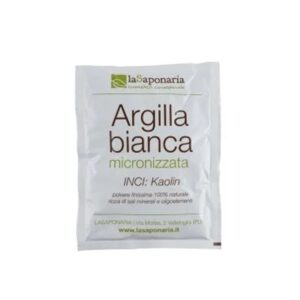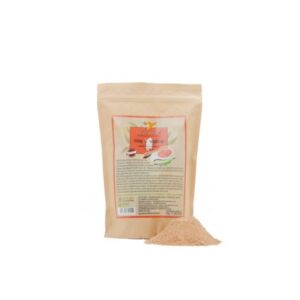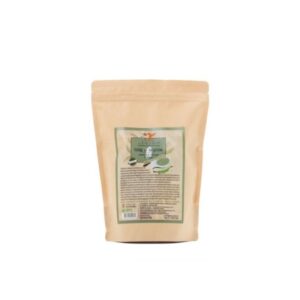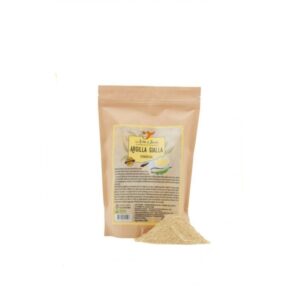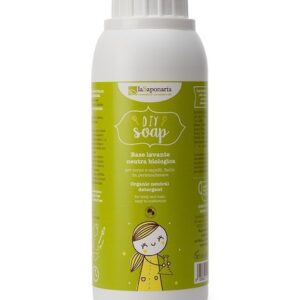Description
Chemical-physical characteristics
appearance: drops
Ivory
smell: slight
melting point: 61-66°C
Description
The wax is secreted by bees to build the cells of their comb, where the bee larvae are grown and honey and pollen are deposited. It can have a variable color from yellowish to brownish, depending on the purity and type of flower collected by the bees.
La cera ottenuta dalla sola fusione con acqua calda e senza aggiunta di altre sostanze assume il nome di “cera vergine”. Mantiene un leggero e gradevole odore aromatico, è facilmente modellabile alla temperatura indotta dal semplice calore della mano.
From a chemical point of view, waxes are lipids deriving from the esterification of a long-chain alcohol with a fatty acid. In particular, beeswax is formed from a mixture of linear alcohol esters with 24-36 carbon atoms with linear fatty acids from 18 to 36 carbon atoms (e.g. myricyl palmitate and cerotic acid esters), in addition to several linear C20-C33 hydrocarbons.
The characteristic properties of beeswax are its plasticity, low melting point, safety in use and the ease with which it forms emulsions. This means that it is an ingredient used in many preparations to modify their rheological characteristics, to increase the viscosity of the fat phase and to give consistency to ointments and emulsions.
Since beeswax is made up of a mixture of water-repellent lipids, it exerts a protective action on the stratum corneum, where it is able to form a film which prevents excessive loss of water from the skin.
In the cosmetic field, Cera alba is used in numerous preparations including lip sticks, lipogels, W/O and O/W emulsions. In sticks and ointments it is present in percentages between 5 and 15%, while in emulsions it is used between 2.5 and 5%.
Inci: Cera alba (Beeswax)
Raw material for cosmetic use. Keep in original container tightly closed; store in a cool, dry place, away from sources of light and heat. Read the warnings on the label before use.
